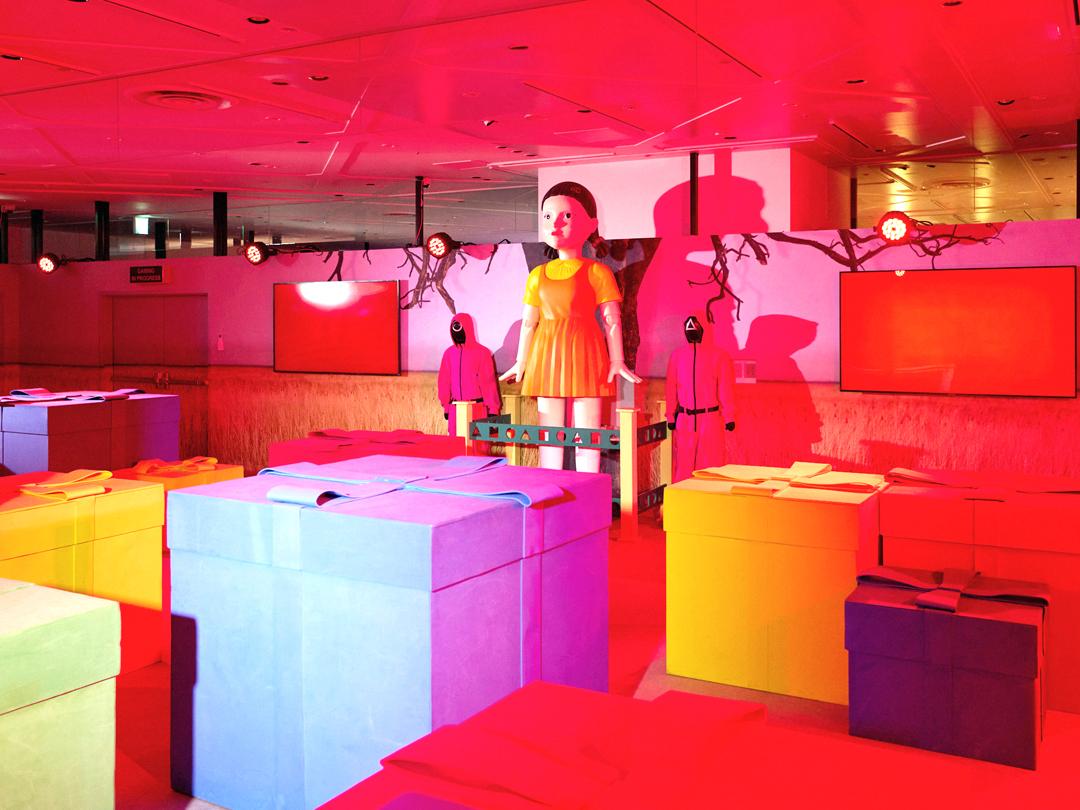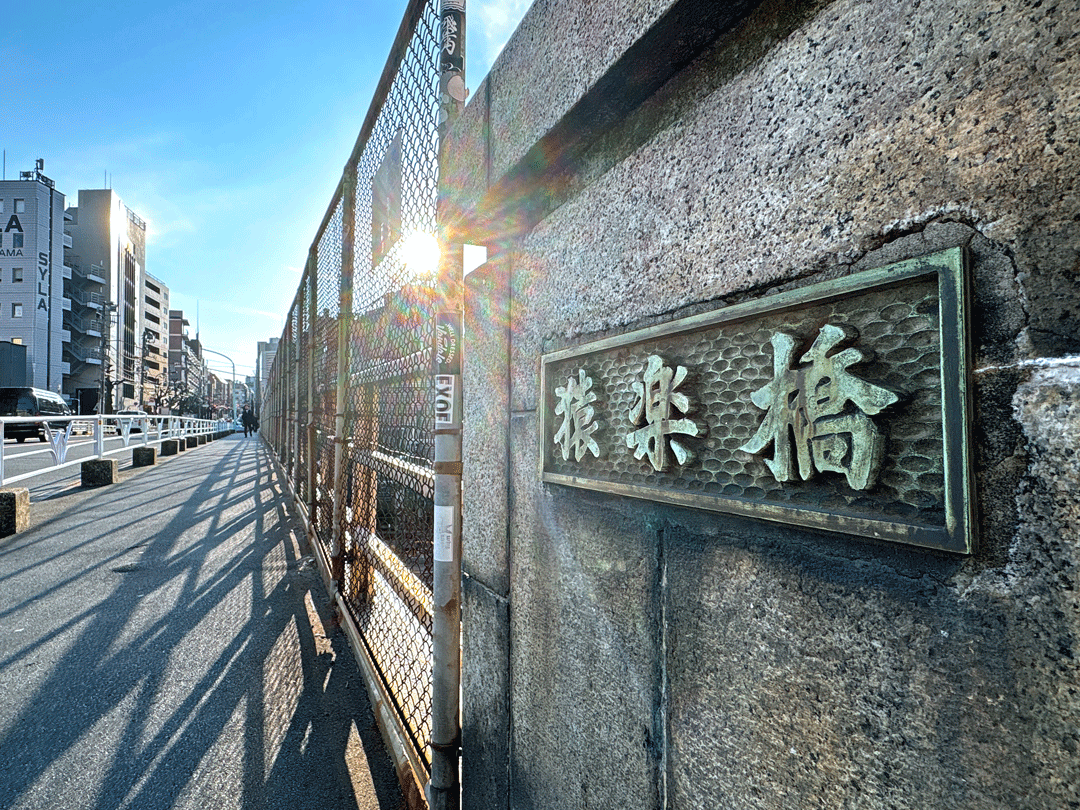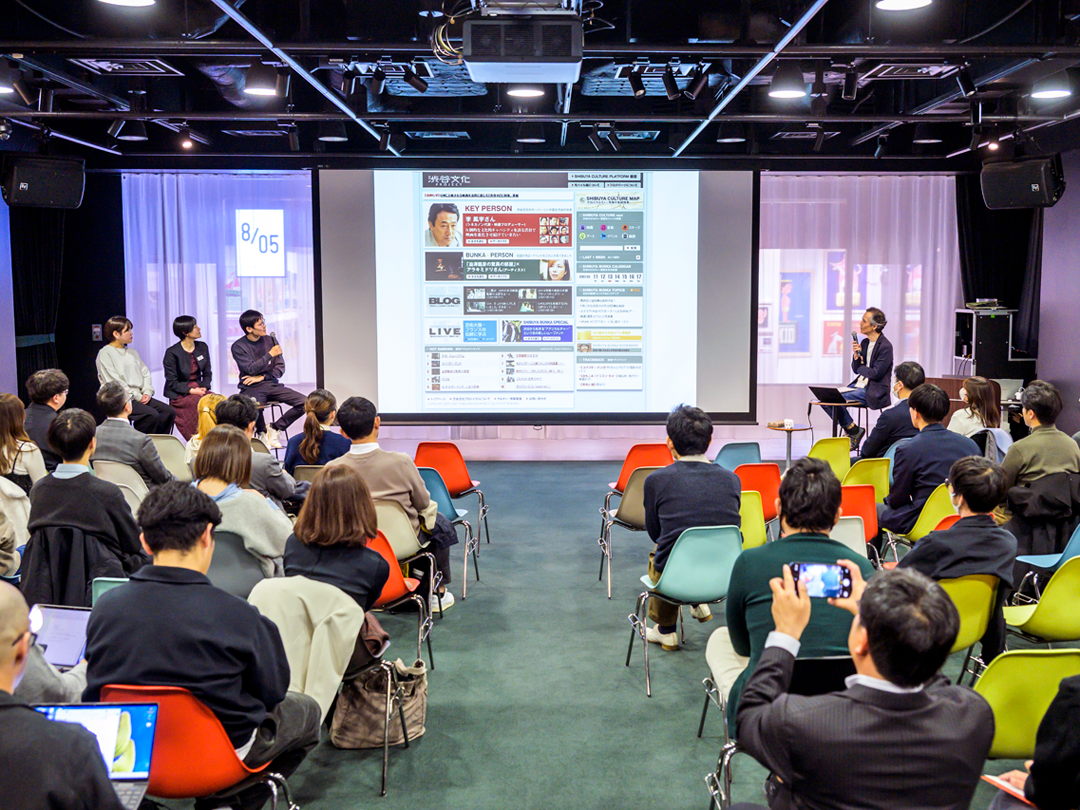SHIBUY.A. × WATCH
Installation works by artists Tatsu Nishino and evala are on display at Bunkamura, which is currently closed.
2024-03-22
The annual spring event ``Shibuya Fashion Week 2024'' has begun, and installation works by artist Tatsu Nishino and others were opened to the public on March 16th at the currently closed Bunkamura in Shibuya.
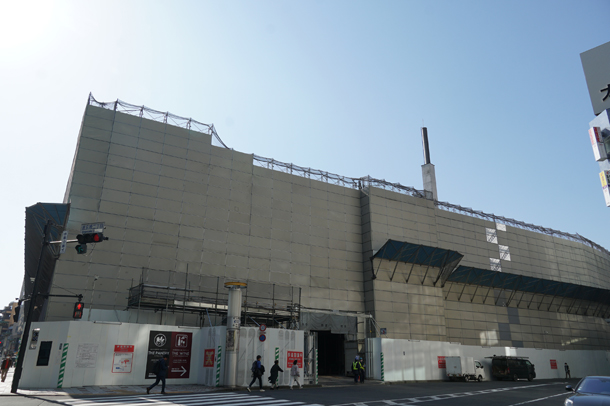
▲The former Tokyu Main Store is currently under demolition work. There is already no sign of the department store above the temporary fence.
Tokyu Department Store main store, which has been in business for 55 years, will close on January 31, 2023. It has been decided that a 36-story complex, including a luxury hotel, will be built on the site, known as the "Shibuya Upper West Project," with completion scheduled for fiscal 2027. Additionally, the adjacent Bunkamura will be closed for an extended period during the same period, and is expected to reopen in 2027 after extensive renovation work.
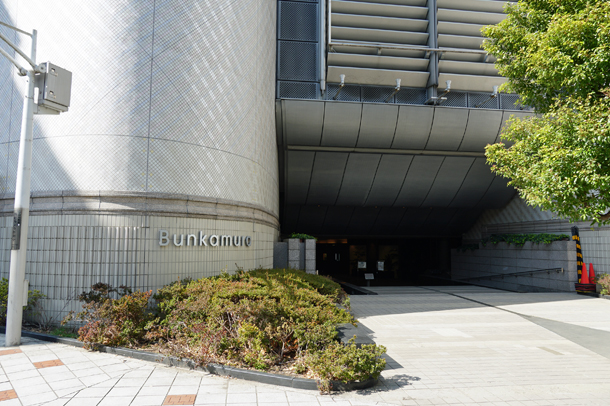
▲Due to redevelopment work on the former Tokyu main store, Bunkamura, except for Orchard Hall, is closed for a long period of time. This time, it will be the venue for an installation work exhibition for a limited time.
This exhibition is a special program that uses the currently closed Bunkamura for a limited time to coincide with Shibuya Fashion Week 2024. Currently, a large installation work by artist Tatsu Nishino is hanging from the top of the ``atrium space'' on the basement floor where ``De Magot Paris'' was located.
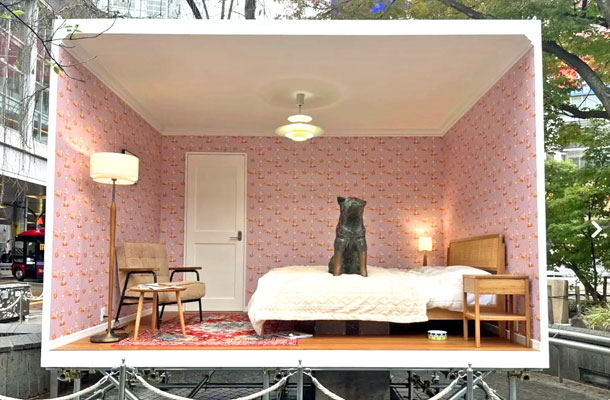
▲In November 2023, “Hachiko’s Room” is an art work created by artist Tatsu Nishino that will be installed for one day only to commemorate Hachiko’s 100th birthday.
Speaking of Nishino, he is known for his work ``Merlion Hotel,'' which incorporates Singapore's Merlion statue in its entirety into a room, and ``Hachiko's Room,'' a work released in November last year in which a statue of the faithful dog Hachiko is enshrined in the bedroom. One of the artists who are active both domestically and internationally.
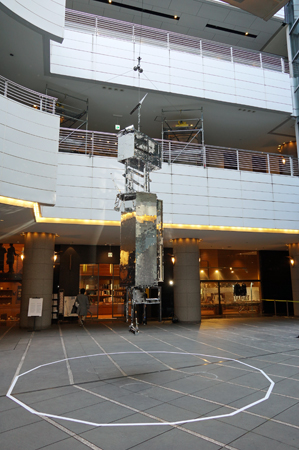
▲Artist Tatsu Nishino's new work ``Mirror Ball Furniture.'' The works are hung and displayed in the atrium space on the first basement floor of Bunkamura.
The title of this new product is "Mirror Ball Furniture." At first glance, it looks like a glittering artificial satellite. However, the material is actually furniture and fixtures that have been used for many years at Bunkamura, which has been a driving force in Japanese culture such as music, theater, and art since its opening in 1989.The surface is treated with small mirror tiles to create a mirror ball. This is a reconstructed work.
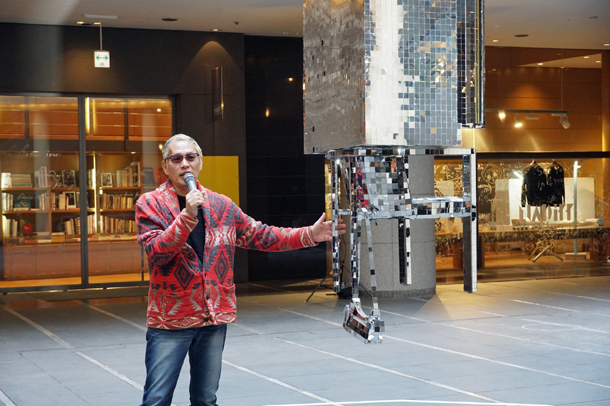
▲Mr. Nishino explaining about his work
Regarding the creation of his works, Mr. Nishino added the following explanation.
“The lockers and De Magot chairs in the waiting room have been used at Bunkamura for 35 years.The horizontal easel used to hold posters at art museums, and the music stand on top was used at Orchard Hall. The furniture and fixtures that have been used here for many years are covered with mirrors to reflect the light, which they call the ``Light of Culture.''The work itself is not that large, but it reflects the culture. The light reflects and illuminates every nook and cranny of the atrium,'' he says, expressing Bunkamura's history in the work and the diffused light.
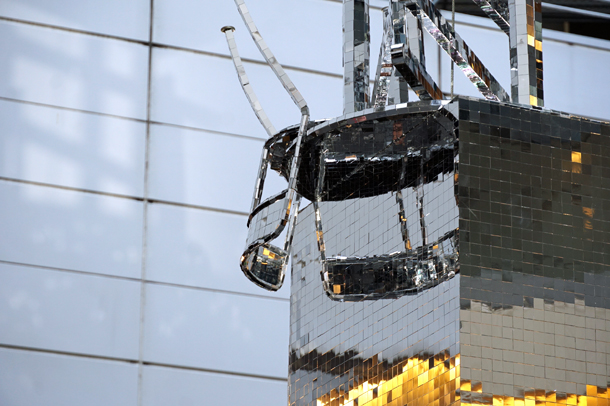 The inverted chair has been used at De Magot for many years.
The inverted chair has been used at De Magot for many years.
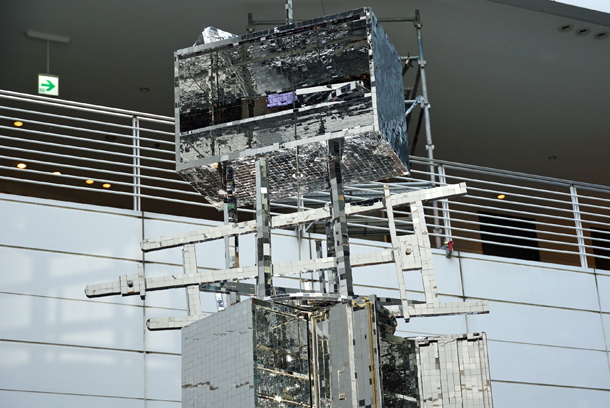 Easels (horizontal orientation) have been used to display posters, etc. in museums and other places.
Easels (horizontal orientation) have been used to display posters, etc. in museums and other places.
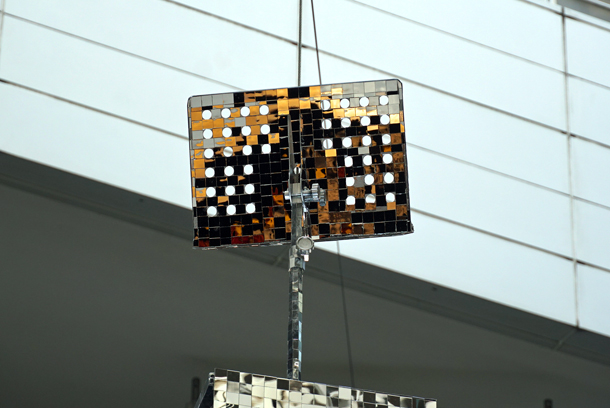 At the top stands a music stand that was used at Orchard Hall.
At the top stands a music stand that was used at Orchard Hall.
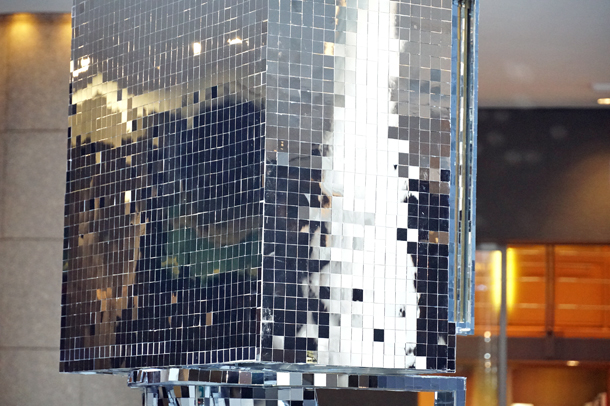 Occasionally, the wind causes the work to rotate like a mirror ball and emit a sparkling light.
Occasionally, the wind causes the work to rotate like a mirror ball and emit a sparkling light.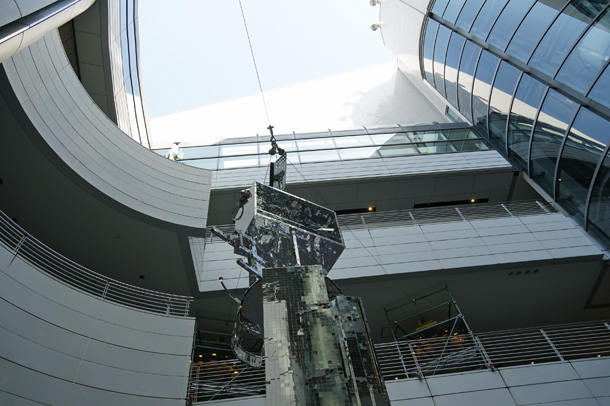 The light rising from the atrium will soar from Bunkamura into the sky, spreading throughout the world as the seeds of culture that will continue into the future.
The light rising from the atrium will soar from Bunkamura into the sky, spreading throughout the world as the seeds of culture that will continue into the future.
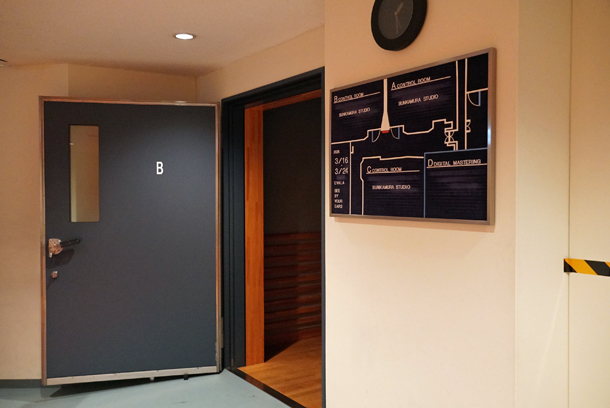
▲Entrance of Bunkamura Studio, which was closed at the same time as the museum was closed.
Another location, Bunkamura Studio, is exhibiting the sound installation ``Sprout'' by sound artist evala. Bunkamura's recording studio is not generally well known, but it is one of the studios that artists in the music industry aspire to. It is said that many well-known songs that topped the hit charts in the 1990s and 2000s were recorded here. Unfortunately, the studio was closed at the same time as the museum was closed, but this time, an installation is being carried out using the site.
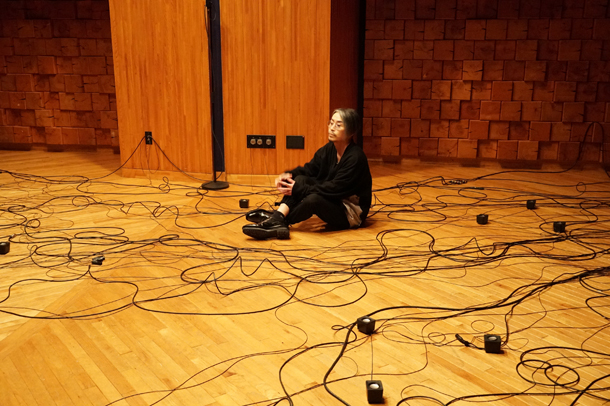
▲In the studio, countless cables and small speakers cover the floor. The person sitting in the center is the sound artist evala who worked on this work.
Evala, who worked on the work, said the following.
“Sprout means ``germination.'' When all the equipment has been removed, the spirit of sound comes into the studio, and vines and flowers begin to grow, creating new value and breath. This is a work that expresses the process of being born through sound.It is a three-dimensional sound work, so when you stop and close your eyes, you can hear the sound moving, clinging to your body, and hearing it inside your body...every moment. The sound changes. I want you to take the time to experience the change in sound."
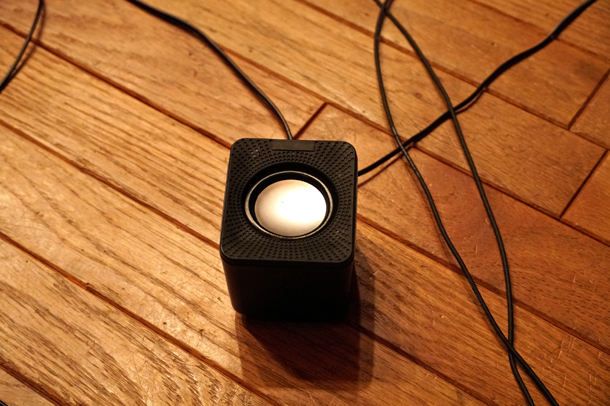
▲Small speakers purchased in bulk for a flat price of 100 yen
Inside the studio are a large number of small speakers purchased at 100 yen shops, and countless cables crawling across the floor like tree roots. The sound, which is made by collecting and processing electronic noise such as crackles and booms, is strange because it sounds like water or wind, as if you were immersed in nature. Even the various noises that come on the cables as people move seem to be considered as part of the music in the installation work.
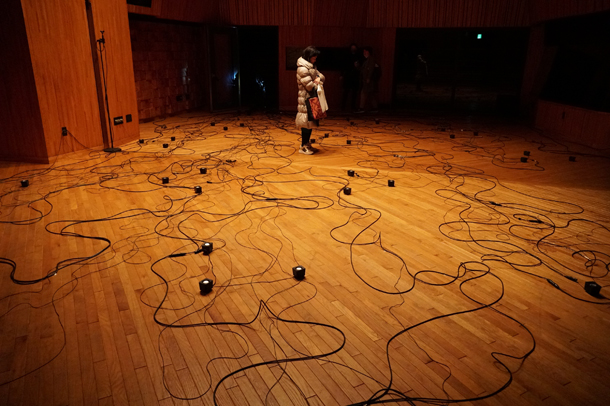
▲If you close your eyes and stand still in the studio, you will get a strange feeling as if the sound is surrounding your body.
A music studio where many famous artists left their mark and carved out history. Why not visit the site, which has already completed its role, to remember its former glory and feel the budding of new sounds?
Two installations are currently on special display at Bunkamura, which is currently closed for an extended period of time. These works can be said to pay respect to the role the facility has played in the past, and re-evaluate its historical value.
The exhibition period is until March 24th.
Shibuya Fashion Week 2024 Spring INSTALLATION II
Date and time: March 16th (Sat) - 24th (Sun) 2024 13:00-20:00
*Until 18:00 on the last day
〇Venue: Bunkamura B1F
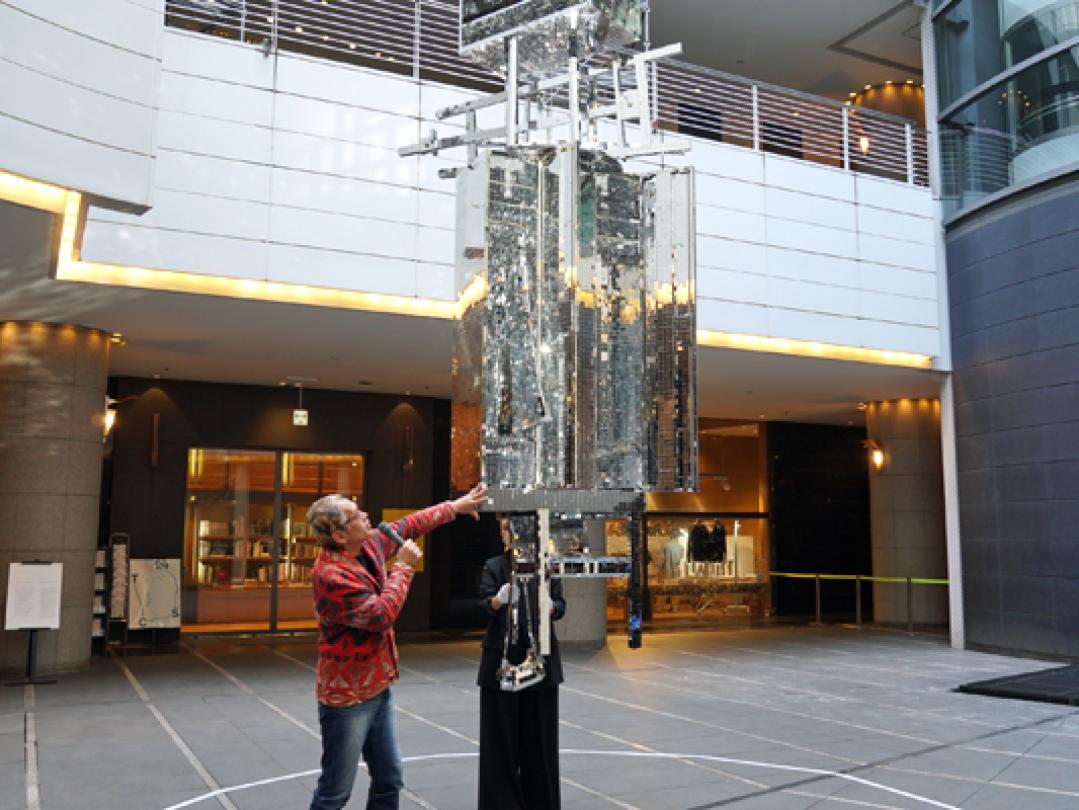
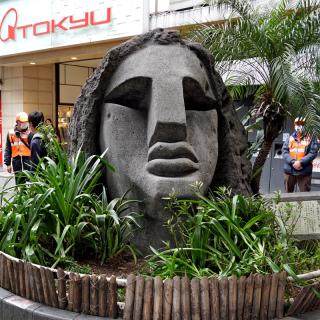
![[Report] Shibuya Culture Project 20th Anniversary Event "Shibuya's 20 Years of Memories and the Future"](https://biz.shibuyabunka.com/storage/images/watch//1766289627.png)
![[Report] Turning Shibuya's icon into a media outlet: "Beautiful Skin PR" starring Shibuya Moai Statue](https://biz.shibuyabunka.com/storage/images/watch//1764640710.jpg)
![[Report] "Shibuya Archive Photo Exhibition 2025" opens, shining a light on Shibuya's streets, including "Koibumi Yokocho" and "Spain Hill"](https://biz.shibuyabunka.com/storage/images/watch//1763622716.jpg)

